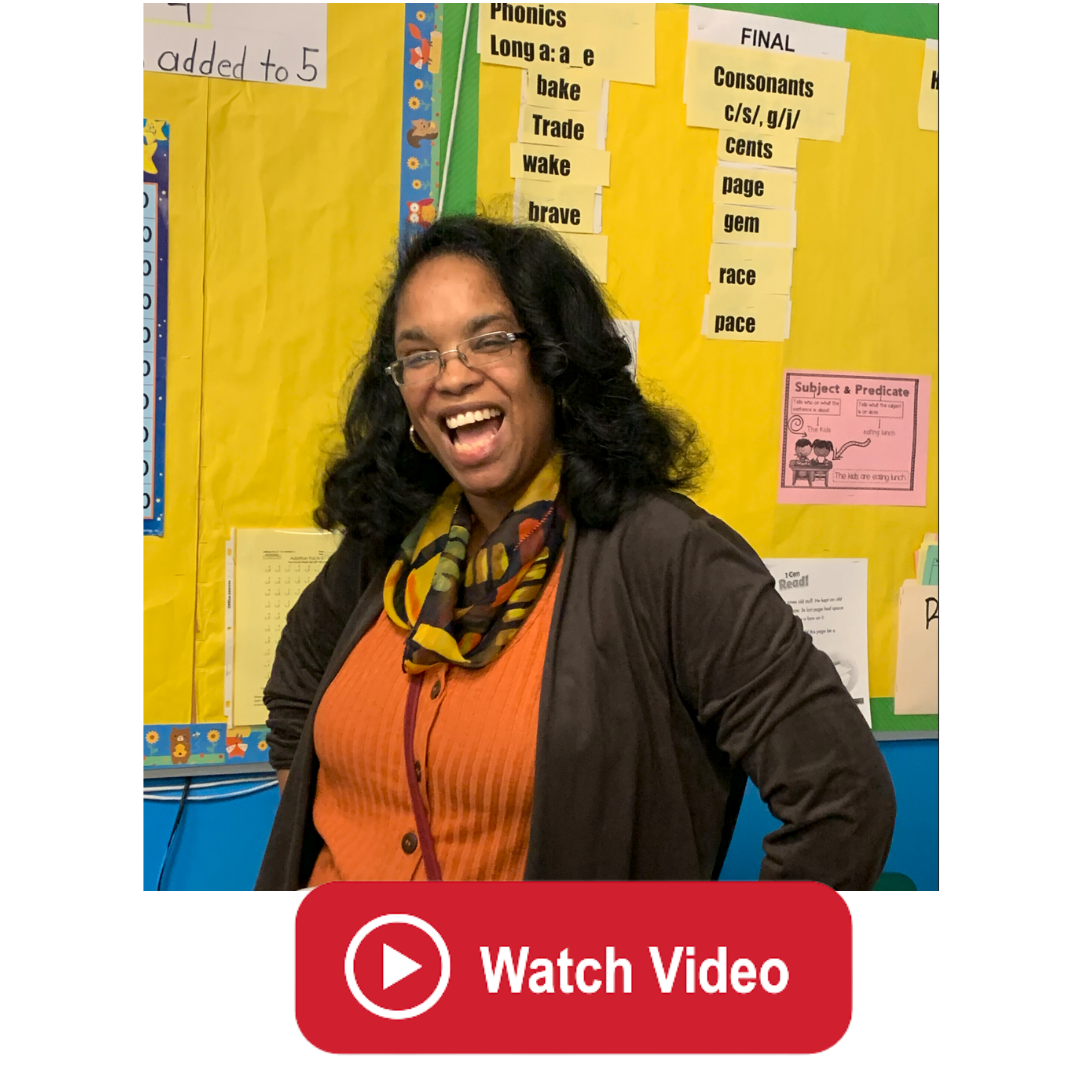Prevent Teacher Burnout As the End of the School Year Nears
Teaching is an incredibly rewarding career, which can also be incredibly exhausting, especially for new teachers. Between grading, lesson preparation, and building and maintaining relationships with students, the role of educator can easily consume teachers’ lives outside of school hours. Leading into the end of the school year, in particular, teachers can often notice pressure and stress building up in themselves and their colleagues.
Two teachers related to Rutgers’ Alternate Route program – one a current candidate and another an alum – know what it’s like to feel overwhelmed. They also understand the importance of identifying and practicing ways to destress.
-
Katherine Post is a current Alternate Route candidate in her first year at Passaic High School. Katherine recently delivered an online presentation to Alternate Route candidates about how to carve out space in educators’ lives to relax and relieve the stress of the never-ending list of tasks that teachers have.
-
Nicole Slota is an Alternate Route alum who has been working for the Paterson School District as a Math Interventionist Teacher. Nicole recently led a conference session called, "Stop Stressing for Learning's Sake! How Teacher Wellness Fosters Academic & Personal Success for Students." Nicole has worked with many education professionals struggling with burnout and helps implement ways of coping, while also promoting more awareness of teacher burnout.
Nicole and Katherine agree that if a teacher’s personal well-being is suffering, that stress often finds a way of entering the classroom, which can stifle the effort required every day to be a successful teacher. “If I’m not okay, I can’t really have an impact on the kids I’m working with,” reflects Nicole. Both educators found that spending time working on themselves actually made them better teachers. Preparing for the days’ lessons will always be important, but it’s equally important to create boundaries and know when enough work is enough.
Read on to review their top tips to manage stress and promote wellbeing for yourself and, ultimately, for your students:
1. Eat well and exercise
Good ol’ fashioned eating healthy and exercising is at the top of the list. Nothing beats the feeling of taking care of your body by eating right and exercising when you can. Even a walk or jog at the beginning or end of the day can make a real difference. Creating a daily routine of exercise – no matter what kind – is a great stress reliever.
Katherine began carving out time after work to go to the gym and take care of herself. By establishing boundaries, it forced her to use her after-school prep hours more wisely. She found that she became a better teacher and was more relaxed in the classroom.
2. Make time for hobbies
Do activities that make you feel like yourself! Make more time for a hobby you’ve always enjoyed or find a new hobby and be sure to dedicate time for it, even if it’s 30 minutes every few days. Katherine and Nicole think teachers can do a better job of recognizing that work is part of your life, but hobbies and family are an equally important part, too. Whether it’s traveling (leave the grading at home!), reading, playing a sport, or going to the movies with friends, getting your mind away from your work will help you better focus when you’re in the classroom.
3. Practice mindfulness
In whatever form works for you, whether it’s meditation, yoga, or a quiet walk in nature, carving out space to ease your mind is a routine that’s dramatically helped Katherine and Nicole with navigating school-related stress. Katherine found that the app Headspace was really helpful for her in particular. For just 10 minutes a day it can make a real difference to help with anxiety and stress. She feels that everyone can make time for 10 minutes a day. b
4. Instill healthy habits with students
Once you’ve established your inner harmony, why not share the lessons and practices you’ve learned with your classroom, as well? There are many tools available for teachers to instill these healthy habits in students. In particular, Nicole participated in the Breathe for Change program, which is designed specifically for educators to enhance well-being in their lives, classrooms, and school communities.
During the program, Nicole learned about the “Healing Circle,” which is meant to facilitate relationships and build trust in the classroom. The circle includes a set of traditional rules, such as everyone speaking and listening from the heart, and provides a voice to everyone in the class. Nicole used the circle to try and resolve some of the issues that prevented students from being productive in the classroom and has found that the students have really responded to the calmness of the process. Since adding this weekly practice to the classroom, Nicole has already seen significant increases in student achievement.
Now that you’re armed with insider information on how to cope with the daily demands of teaching, you’ll be ready to focus on connecting with students and build meaningful learning relationships. Be sure to check out our tips for avoiding teaching burnout and follow us on Twitter for the latest in teaching tips and news.

 Heather Ngoma has over 25 years of experience collaborating with educators across New Jersey to drive education innovation. She currently serves as the Director of the Rutgers-GSE Alternate Route Program in the Department of Learning and Teaching, a program which helps career changers, recent college graduates, and other aspiring education professionals become licensed teachers in New Jersey. Follow her on Twitter @heatherngoma.
Heather Ngoma has over 25 years of experience collaborating with educators across New Jersey to drive education innovation. She currently serves as the Director of the Rutgers-GSE Alternate Route Program in the Department of Learning and Teaching, a program which helps career changers, recent college graduates, and other aspiring education professionals become licensed teachers in New Jersey. Follow her on Twitter @heatherngoma.





